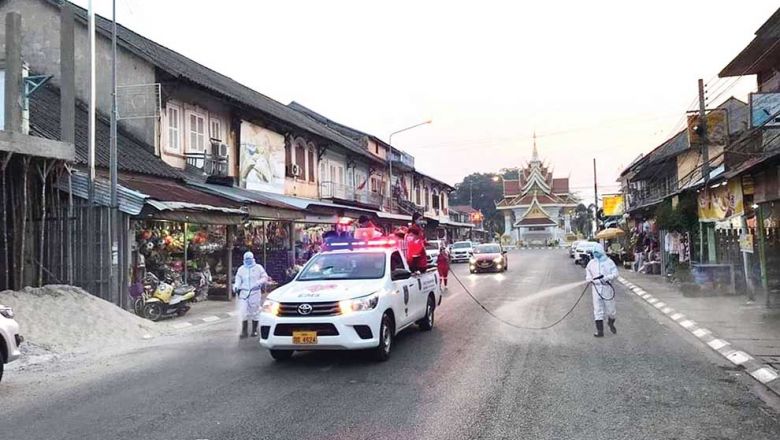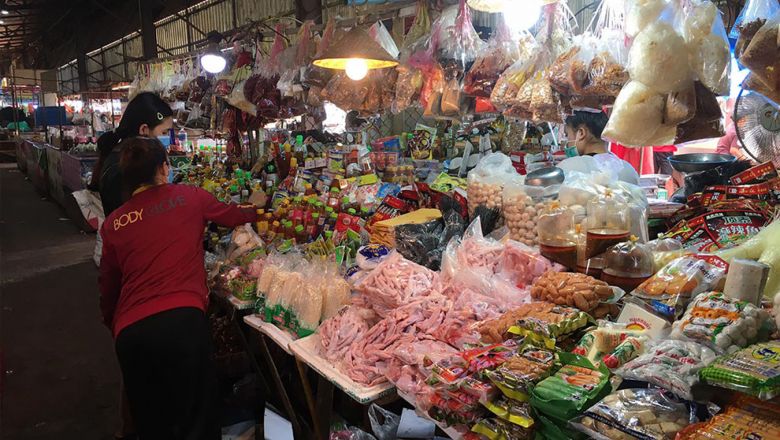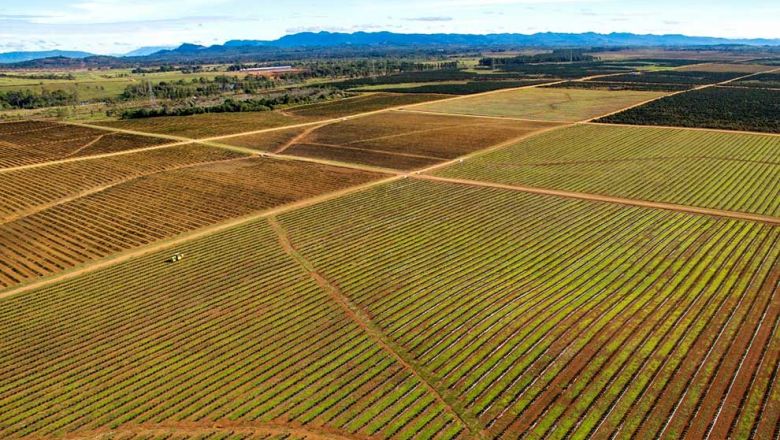Asean economic meeting concludes, adopts priorities to realise 2025 vision
Asean economic meeting concludes, adopts priorities to realise 2025 vision
The 48th Asean Economic ministers' meeting (48th AEM) and its related meetings concluded yesterday in Vientiane with the adoption of priorities to pursue 2025 vision and expand cooperation with dialogue partners.
The Minister of Industry and Commerce of Laos, which chairs Asean this year, Ms Khemmani Pholsena told a press conference on Saturday that the meetings running over the last week yielded a number of successful outcomes.
Highlighting the outcomes she said that the Asean ministers adopted priority deliverables for Laos's Asean Chairmanship under established Asean economic pillars.
To this end, the ministers have endorsed a trade facilitation framework, a food safety regulatory framework, Asean institutional framework on access to finance for micro, small and medium enterprises (MSME), a report and work programme on starting a business in Asean, as well as Asean guidelines for special economic zone development and collaboration. A Cambodia, Laos, Myanmar and Vietnam (CLMV) framework development plan was also adopted.
The Asean ministers also adopted a sectoral work plan to operationalise the Asean Economic Community Blueprint 2025.
Throughout the week, the ministers launched the Asean Solutions for Investments, Services and Trade (ASSIST), which is an internet-based, business–friendly facility for receiving and responding to complaints submitted by Asean-based businesses.
They also launched the Asean Tariff Finder, which is a new practical tool for businesses, particularly MSMEs in the form of a no-cost online search engine to obtain up-to-date information on tariff related information applied by Asean member states and their Free Trade Agreement (FTA) partners under the various Asean+1 FTAs.
“The Asean business community as well as our trading partners can really make use of this tool to access information,” Ms Khemmani said.
During their meetings, the ministers hailed that Asean recorded total merchandise trade amounting to US$2.28 trillion in 2015 with foreign direct investment (FDI) inflows to Asean standing at US$120 billion in the same year.
Despite Asean's relatively robust economic performance in 2015, the ministers expected that the continued moderation in the Chinese economy - Asean's top trading partner - and the uncertainties after the UK voted to leave the EU - Asean's third largest trading partner - could affect Asean growth.
The Asean ministers have also held a number of meetings with their dialogue partners. In said meetings, the economic ministers of Asean, Australia and New Zealand discussed ways to deepen cooperation.
Total merchandise trade between Asean, Australia, and New Zealand grew to US$60.3 billion in 2015 while FDI flowing from Australia and New Zealand to Asean amounted to US$7.4 billion in 2015.
Meeting with the Plus Three countries (China, Japan and the Republic of Korea), the ministers noted that Asean total trade with the three countries amounted to US$708.6 billion in 2015 with FDI flows from the countries into Asean were valued at US$31 billion over that year.
Asean and Russian economic ministers welcomed their trade that reached US$13.4 billion in 2015, placing Russia as Asean's eighth largest trading partner.
Asean and the US also noted the performance of Asean-US bilateral trade and investment with merchandise trad e reaching US$212.8 billion, while services trade reached almost US$ 40 billion.
Asean and Indian ministers were pleased to note As ean-India total merchandise trade reached US$58.7 billion placing India as Asean's sixth largest trading partner.
At their talks, Asean and Canadian economic ministers welcomed their bilateral trade and investment that showed two-way m erchandise trade had grown significantly, up 13.8 percent to CAD$21.4 billion in 2015.
During the week, economic ministers from all Asean member countries, Australia, China, India, Japan, the Republic of Korea, New Zealand, the Russian Federation and the United States also met for the Fourth East Asia Summit (EAS) Economic Ministers Meeting.

















